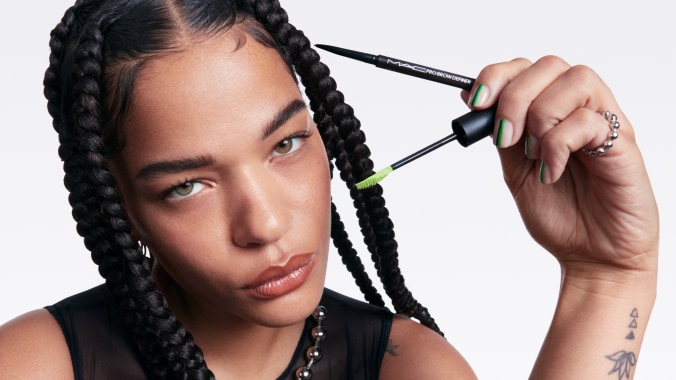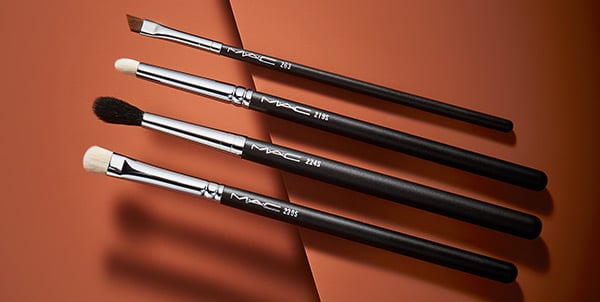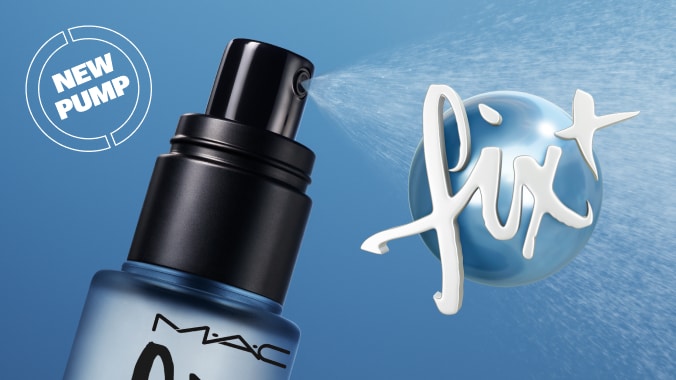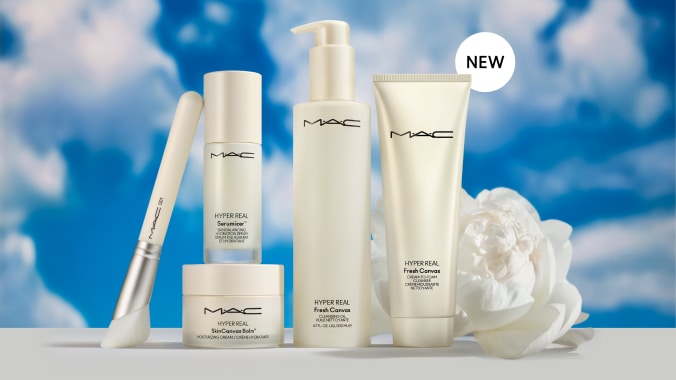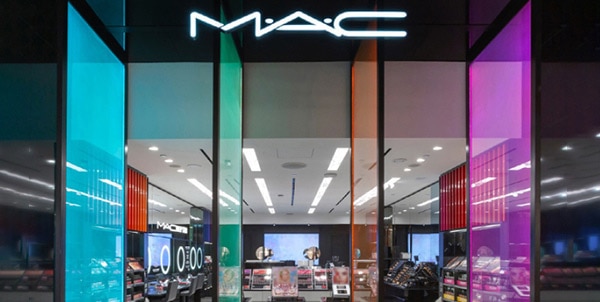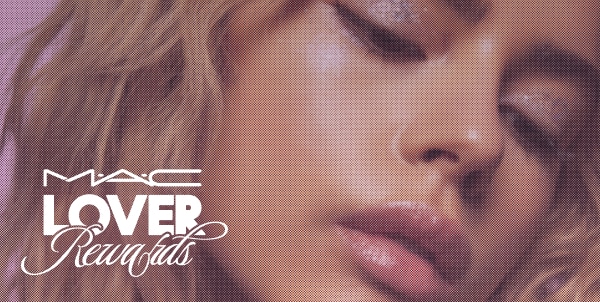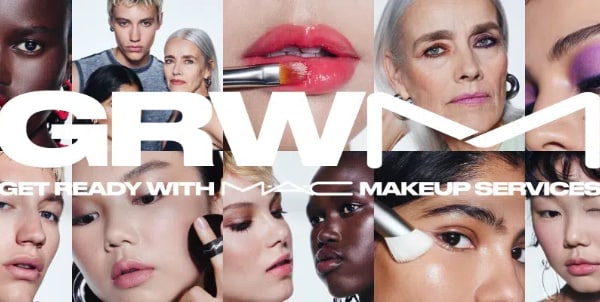In My Beauty, fashion and culture’s most compelling faces reveal in their own words what the idea of beauty means to them
It’s unusual for people rise to fashion fame in their 80s, but Iris Apfel is anything but typical. Now 93 years old, this unconventional icon has worn many hats in her colourful life, from textile tycoon to interior designer and businesswoman. In 2005, Apfel achieved heroine status, when New York’s Metropolitan Museum of Art debuted Rara Avis (Rare Bird): The Irreverent Iris Apfel, an exhibition of her eccentric and beautiful wardrobe. In more recent years, Apfel launched her own makeup collection for M·A·C and a line of eyewear for Eyebobs, as well as a line of bright and bold accessories for the Home Shopping Network. She’s also the subject of a documentary by the legendary documentarian Albert Maysles; titled Iris, the film premiered at the New York Film festival late last year.
“I’ve always dressed for myself. I'm not a rebel, I’m not out to damage or change the world, and I’m not trying to offend anybody. But if the way I look displeases you, that’s your problem, not mine. You can’t please everybody. If you try to be everything to everybody, you'll end up being nothing to no one
“I'm not a rebel… But if the way I look displeases you, that’s your problem, not mine. You can’t please everybody.”
“Nothing exists in a vacuum, so of course style and beauty are connected. There's all kinds of beauty – savage beauty, sweet beauty, artificial beauty, even sexy beauty. But it’s all about point of view. Beauty is in the eye of the beholder – every culture has its standards of beauty, and those standards change with time. What some tribes consider beautiful we would consider hideous, and vice versa. And when we look back on styles from the past, sometimes we think “ugh, awful,” and at other times we think “how beautiful.” If everybody thought the same thing was beautiful all the time, it would be pretty awful!
“Beauty is largely in your head. When you’re somebody who’s not a natural beauty, but you're attractive, it’s about smoke and mirrors in a way. There are certain things I know look more attractive on me than others, and certain ways that my hair looks better. If you spend a little time on yourself, you usually get results. And confidence is very important. No matter how pretty you are, if you look ill at ease in your own skin, then you're not going to look so beautiful. I think serenity can be a large part of someone’s beauty.
“The greatest fashion faux pas is looking in the mirror and seeing somebody else. So many people look so badly, in my view, because they try to emulate. They look at the beauties on the red carpet and think that if they wear the same dress, or get the same hairdo, that they’re going to look like that. People don't know who they are, or what they really look like, because if they did, they wouldn't commit some of the blunders that they do.
“Experimenting is very important. When I was young, I experimented a lot – I’d try things and look in the mirror, and if they didn't look right I’d try something else. It takes a lot of time. At the start, even if you don't do it consciously, unconsciously you emulate the people or things you think look good. But then eventually, unless you're a hack – if you're a person and can look, feel, think and see – you start to express yourself. It’s the same with writing, cooking or anything else. It’s fundamental common sense – it’s not magic. People always think I can tell them how to have style, but it doesn't work that way; there's no formula.”
It was also an era of emancipation for women, who found themselves freed from the corsets of nthe 1900s almost overnight. Free to breathe, dance and seduce at last, it was the birth of the Party Girl as we know and love her to this day. With her short hair bobbed into a perfect little pageboy, and her lithe, tanned body finally allowed to come alive, the face she donned for the occasion tells the story of her liberation. Through Luhrmann’s lens, “that aesthetic is punched to the max,” she adds. “The classic round, smoked-out eye exploded in almost every single colour you can imagine. That first party scene is almost pornographic with colour and texture.” The Gatsby girls’ eyes are dark pools of debauchery, her cheeks either alabaster smooth or indecently rouged, her lips painted in tight, red bee-sting. Taken to its extreme, the look shimmers with showgirl sleaze. It’s a face that says, “Yes, I can have all the fun, all the sex, all the money.” But Gatsby himself isn’t interested in them. He only has eyes for Daisy – sweet, respectable, married Daisy Buchannan. Daisy with her porcelain complexion, and sophisticated take on that same dolled-up face. Daisy who shows all us nice girls how to do it.

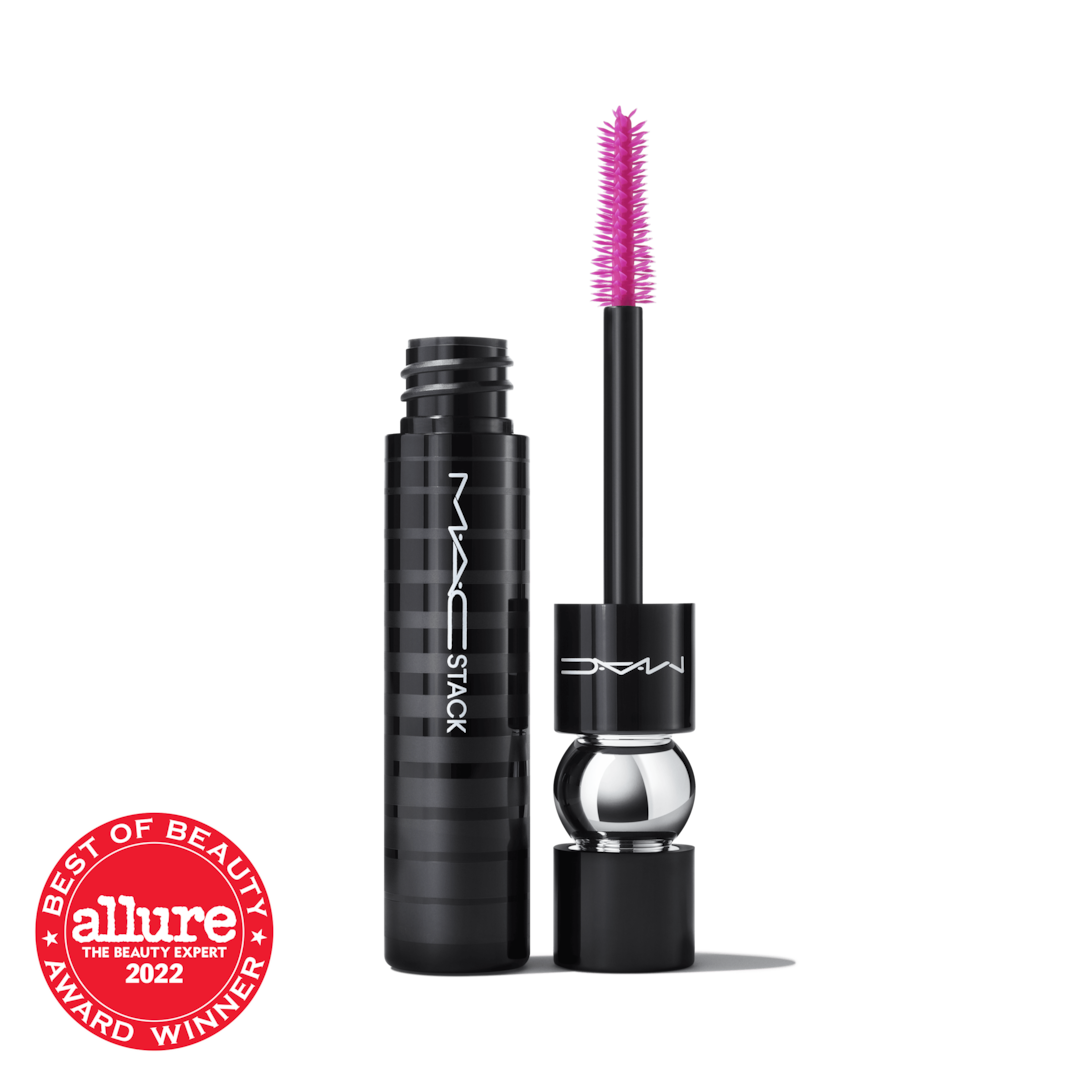
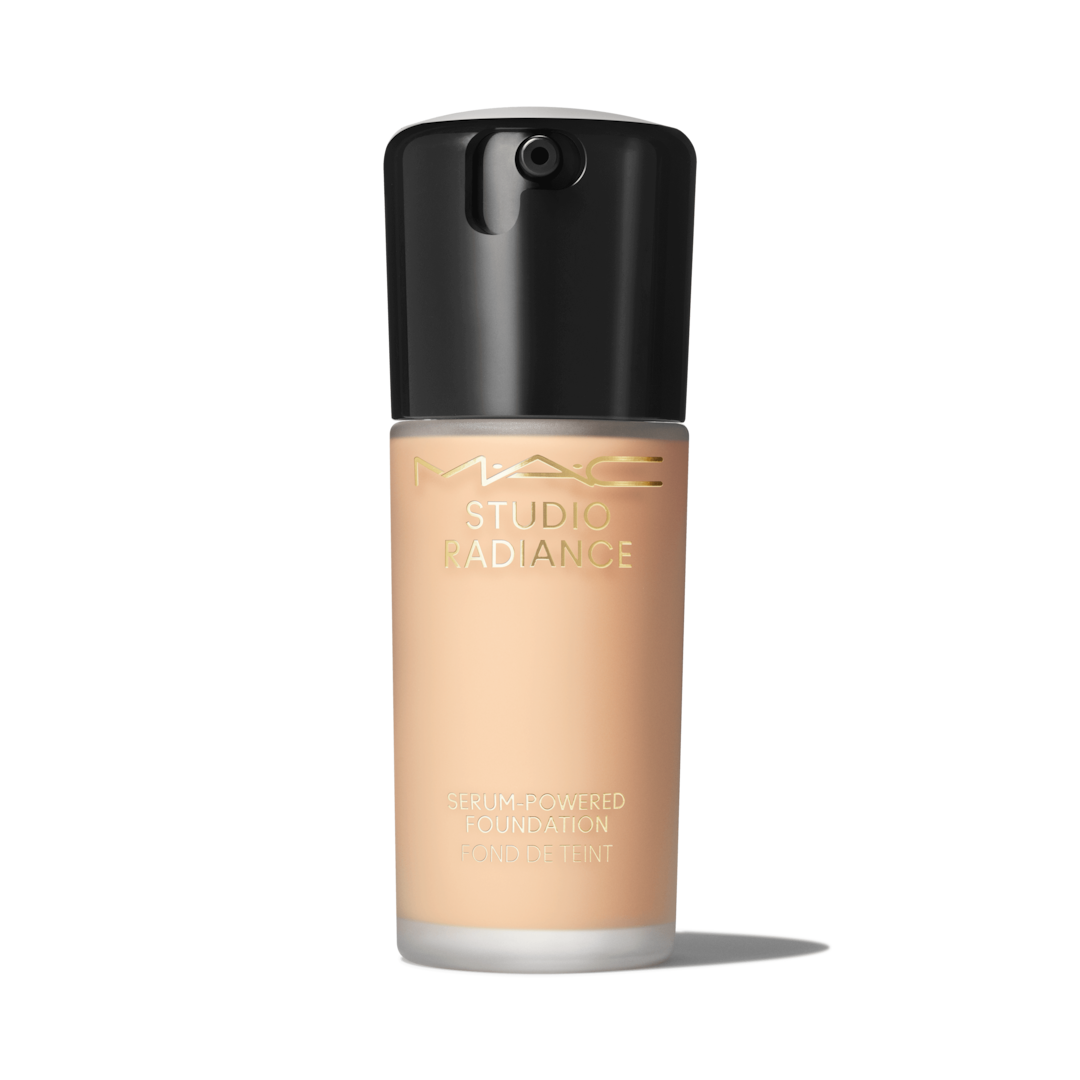
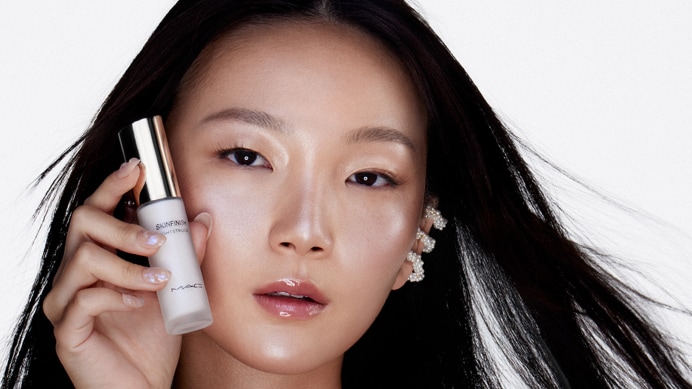
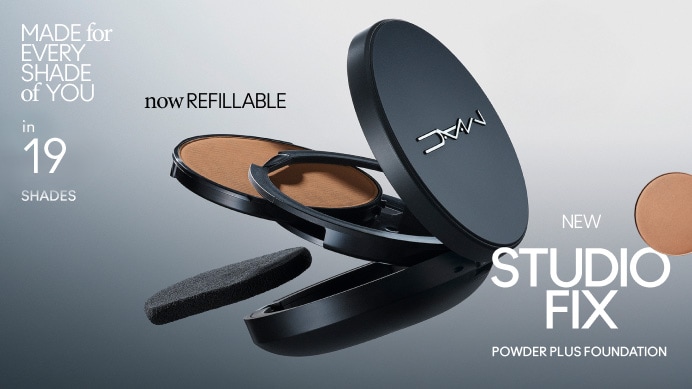
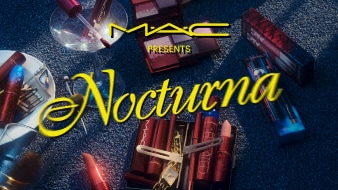
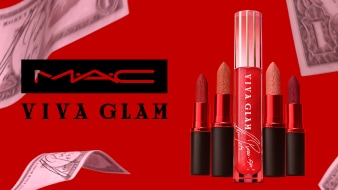
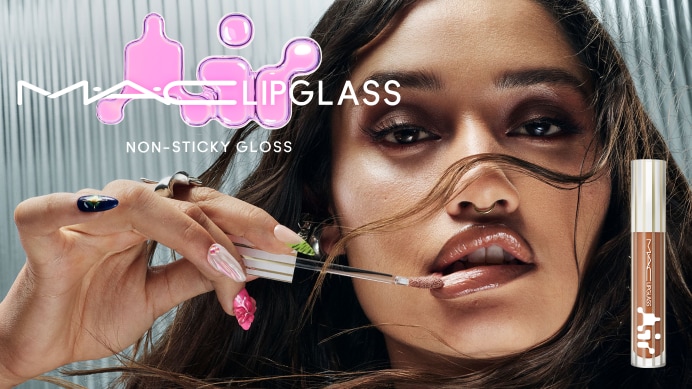
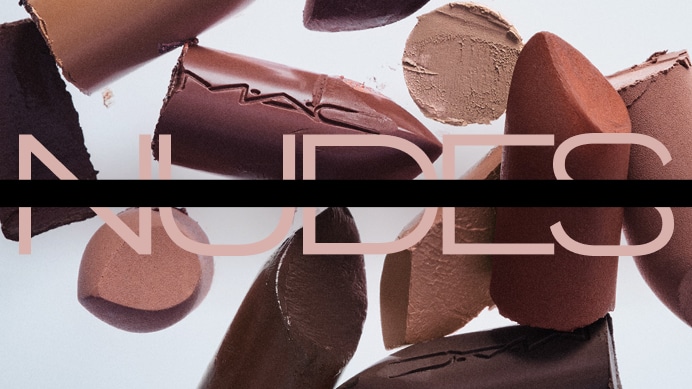

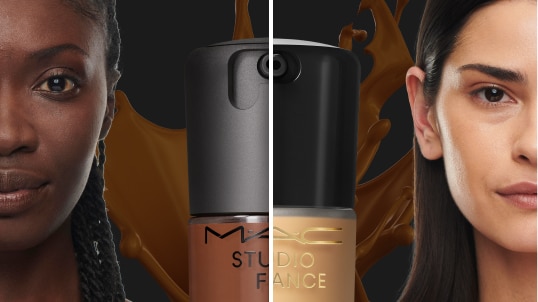
.png)
.png)
